Images by filler is the procedure of injecting standard 5ml of filler into every correctable area, including forehead, glabella, temple, nose, tear trough, Indian band, nasolabial fold, cheek, marionette line and chin. The cost can be increased when the amount exceeds 5ml. Of course, the treatment sites are determined by consultation with the patient. Both the patient’s requests as well as doctor’s recommendation are considered in the process.
[Ad. ▶Ultra Skin/Pastelle - Manufacturer: WONTECH(www.wtlaser.com)]
This chapter, we will focus on T zone images by filler procedures and other case types. <Case 1> is a 24-year-old female patient who received T zone images by filler procedure. Forehead, glabella, nasal root and chin were the main points, with additional procedures on zygoma, nasolabial fold, cheek and Marionette line. T zone images by filler is a procedure that makes the profile view as well as the front view more beautiful (Figure. 1, 2).
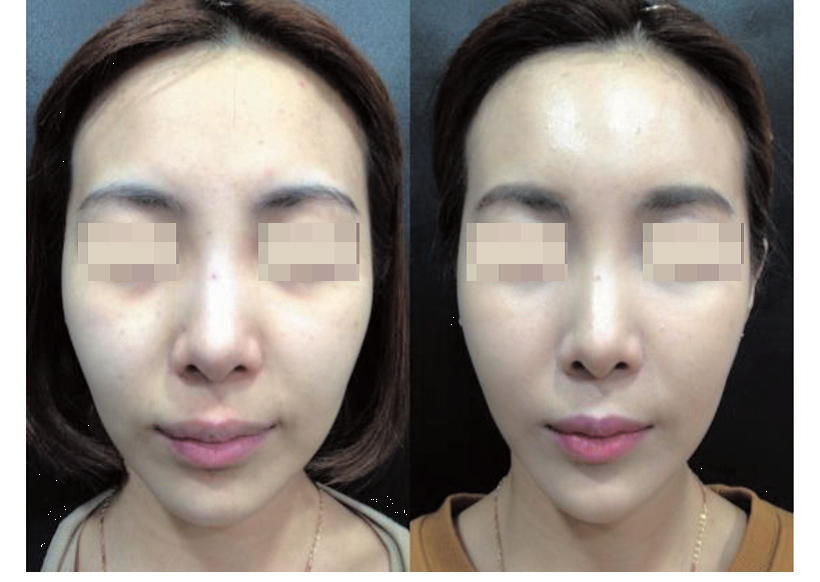
Figure 1. Case 1, F/24, Front view; before and after the procedure.
(Treatment sites; forehead, glabella, nasal root, zygoma, nasolabial fold, cheek, marionette line, and chin)
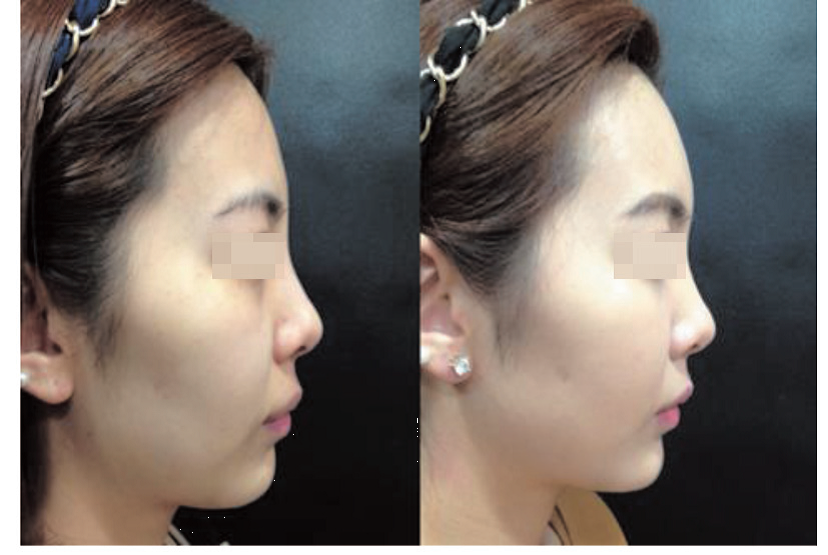
Figure 2. Case 1, F/24, Profile view; before and after the procedure.
(Treatment sites; forehead, glabella, nasal root, zygoma, nasolabial fold, cheek, marionette line, and chin)
In the same context, <Case 2> is a 28-year-old female patient, who received the procedure on the forehead, glabella, nasal root, supratip break point and chin as the main points, with additional procedure for Indian band. She did not express any special complaint about her face, but the face was not harmonious and attractive either. As most of patients who visit the clinic already have some level of information about images by filler, most of them agree with my advice on the sites requiring procedure and participates in the consultation with much hope for change after the procedure. This patient was satisfied a lot with front as well as profile view (Figure. 3, 4)
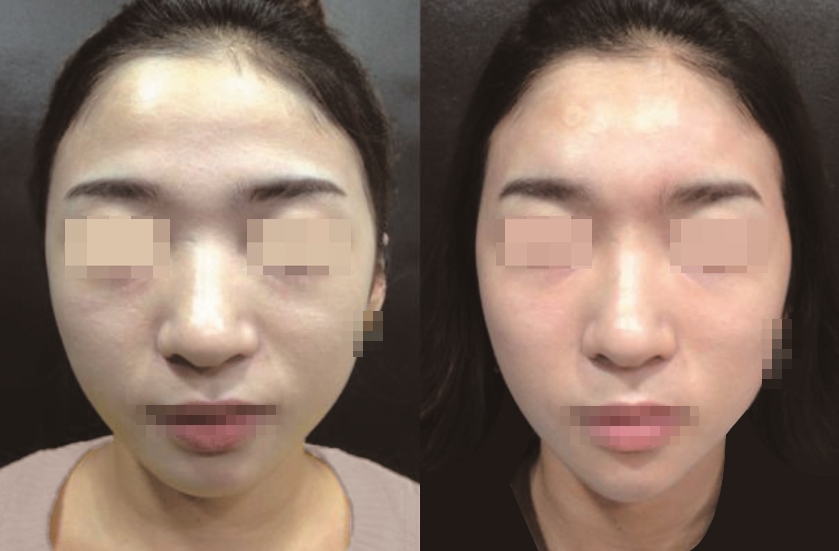
Figure 3. Case 2, F/28, Front view; before and after the procedure.
(Treatment sites; forehead, glabella, nasal root, supratip break point, chin and Indian band)
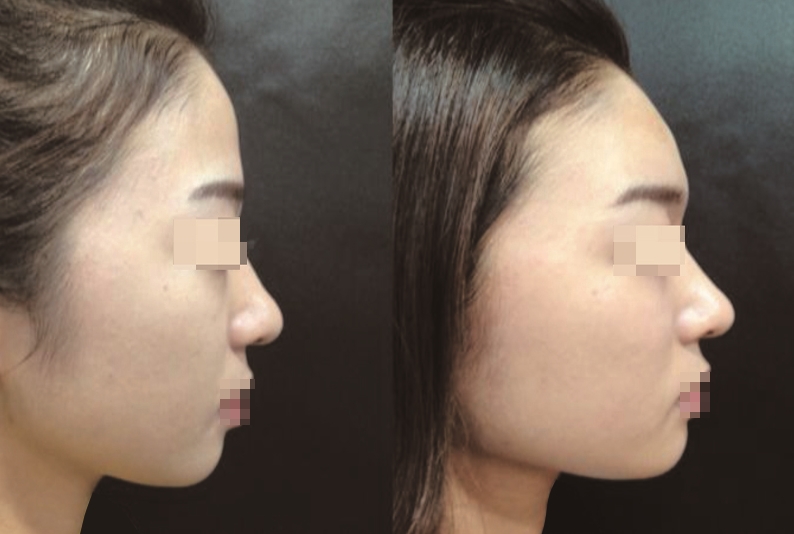
Figure 4. Case 2, F/28, Profile photos before and after the procedure.
(Treatment sites; forehead, glabella, nasal root, supratip break point, chin and Indian band)
Images by filler is also appropriate for people who complain of sagging cheek after facial contouring surgery. The patients who received zygoma contour surgery, among others, often experience soft tissue sagging. Facial contouring surgery may considerably reduce the actual size of the face, but the face in the picture or screen still does not appear young and small.
One of such case is <Case 3>, a 27-year-old female patient. She received procedure on Indian band, nasolabial fold and sagging cheek. The perioral mound formed at the right side of the lips also required special attention. The patient had to be informed of the presence of the perioral mound. And the procedure was planned to fill the surrounding area evenly, without injecting filler into that area, so as to make it look flat. You may see in the photos below that the patient’s face has become smaller and more beautiful with balanced U-line along the facial outline (Figure. 5, 6).
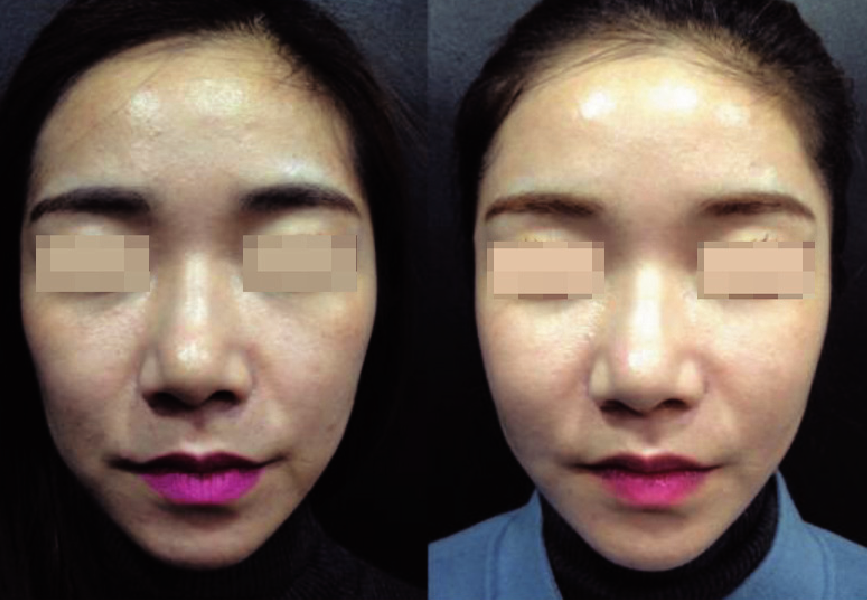
Figure 5. Case 3, F/27, front view; before and after the procedure.
(Treatment sites; Indian band, nasolabial fold and sunken cheek)
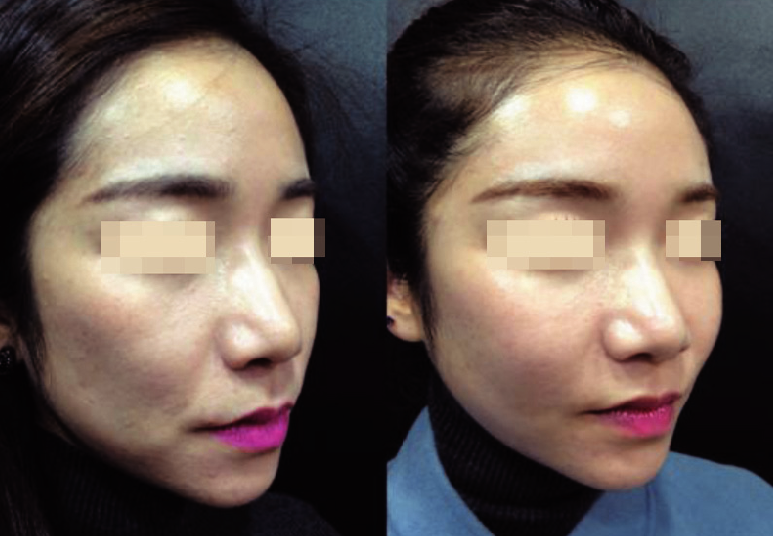
Figure 6. Case 3, F/27, Rt. 45° view; before and after the procedure.
(Treatment sites; Indian band, nasolabial fold and sunken cheek)
<Case 4> did not have apparent wrinkles, furrows or other facial problems, but fillers injected evenly to appropriate areas made the face look more elegant and sophisticated. The procedure was performed at zygoma, marionette lines and chin. The corrected chin changed the facial impression from weary to bright and healthy image and gave the patient a favorable impression (Figure. 7, 8). The chin is the closing area of the face. Most patients do not pay much attention to the chin unless they have severe micrognathia. Quite many patients also misunderstand that filler injection into the chin might make the face look longer.
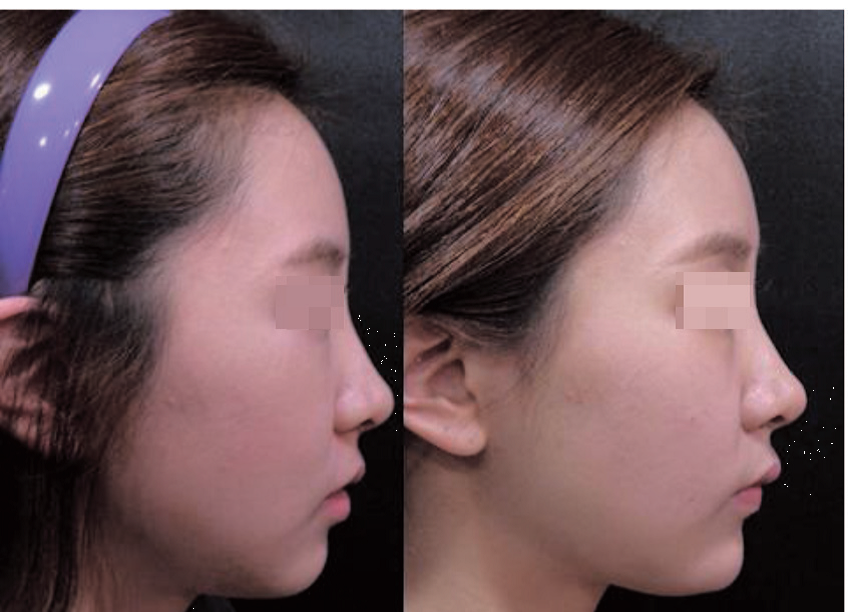
Figure 7. Case 4, F/29, Right profile view; before and after the procedure.
(Treatment sites; Indian band, marionette line and chin)
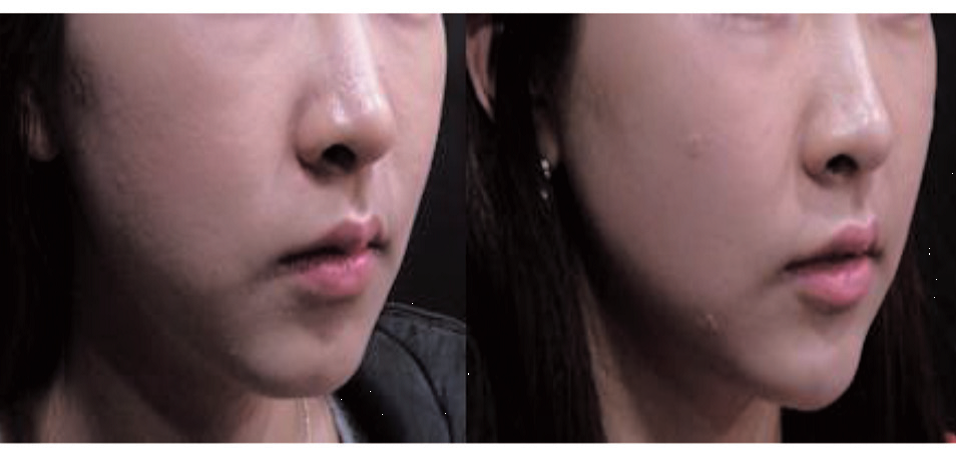
Figure 8. Case 4, F/29, Rt. 45° view; before and after the procedure.
(Treatment sites; Indian band, marionette line and chin)
I think that the chin is a very important area so much so to describe it as the finishing touch of an artwork. In most cases, filler injection into the chin area makes the face look smaller, not longer. It is also an indispensable area when making V-line or U-line.
We have discussed the facial types and main procedure sites of the patients appropriate for images by filler so far. In the next part, the final chapter for images by filler, we will look into the overall designs required before a procedure and relevant cases, as well as patients not appropriate for images by filler procedure. In addition, I will introduce my future vision for filler procedure before closing this series.
- To be continued -
▶ Previous Artlcle : #2. Patients Appropriate for Filler and Filler Selection
▶ Next Artlcle : #4. Design and Cases





















